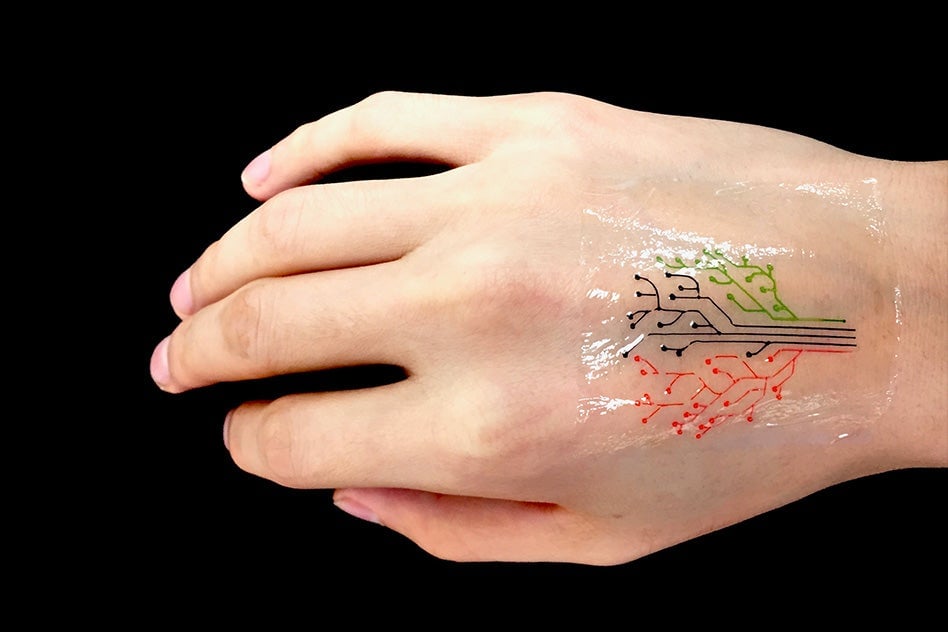MIT researchers are making computers out of live bacteria
In the future, you could be eating cancer-detecting robots in much the same way you take your morning vitamins.


In the future, you could be eating cancer-detecting robots in much the same way you take your morning vitamins.
Researchers at MIT have created a new responsive material that can change along with its environment, using living cells that act like basic computers. The technique uses genetically engineered bacteria—fine-tuned to respond to various stimuli—that can be 3D-printed into any shape.
The new approach required two inventions: First, the researchers had to create a new kind of printable ink in which bacteria can live for long stretches of time. To do so, they made a gel formula with a toothpaste-like consistency that mixes water and nutrients to sustain the cells. Second, the researchers built a custom 3D printer that can precisely print their new ink onto surfaces.
To test the material, the researchers altered some bacteria to change color upon encountering particular chemicals. They modified three groups of bacteria to respond to three different chemicals and printed them into a tree-like structure. From there, they coated someone’s hand with those chemicals and applied the structure like a press-on tattoo. Over the course of several hours, the tree’s branches lit up in different colors as each bacterial group registered its corresponding chemical. These results were published Dec. 5 in the journal Advanced Materials.
The researchers aren’t the first to attempt 3D printing with live cells, but others’ attempts have had little success. Previous attempts have used mammalian cells, which “are too weak, and they easily rupture,” Hyunwoo Yuk, a graduate student and paper co-author, told MIT News. “It turns out those cells were dying during the printing process.”
The bacteria, in contrast, stayed alive for 24 hours after printing, Xinyue Liu, another graduate student and paper co-author, told Quartz. (The MIT group believes it would have stayed alive longer, but didn’t test their cells beyond 24 hours.)
While the group’s living tattoos can’t do much yet, their work lays the foundation for more complex applications. For example, the bacterial structures could be used to encode logic, Liu said. In a simple example she gave, two bacteria could work together to create a simple logic gate, the building blocks of computers: Bacteria one would secrete a chemical when stimulated, and the second bacteria would look for whether that chemical had been secreted or not. In this way, the system represents a 1 when bacteria one fires; otherwise it represents a 0.
In the future, with this structure as a building block, researchers could eventually design far more sophisticated structures, such as an ingestible living robot that secretes the correct drug when it detects a tumor. “We can use bacterial cells like workers in a 3D factory,” Liu said. “As long as the fabrication method and approach are viable, applications such as implants and ingestibles should be possible.”